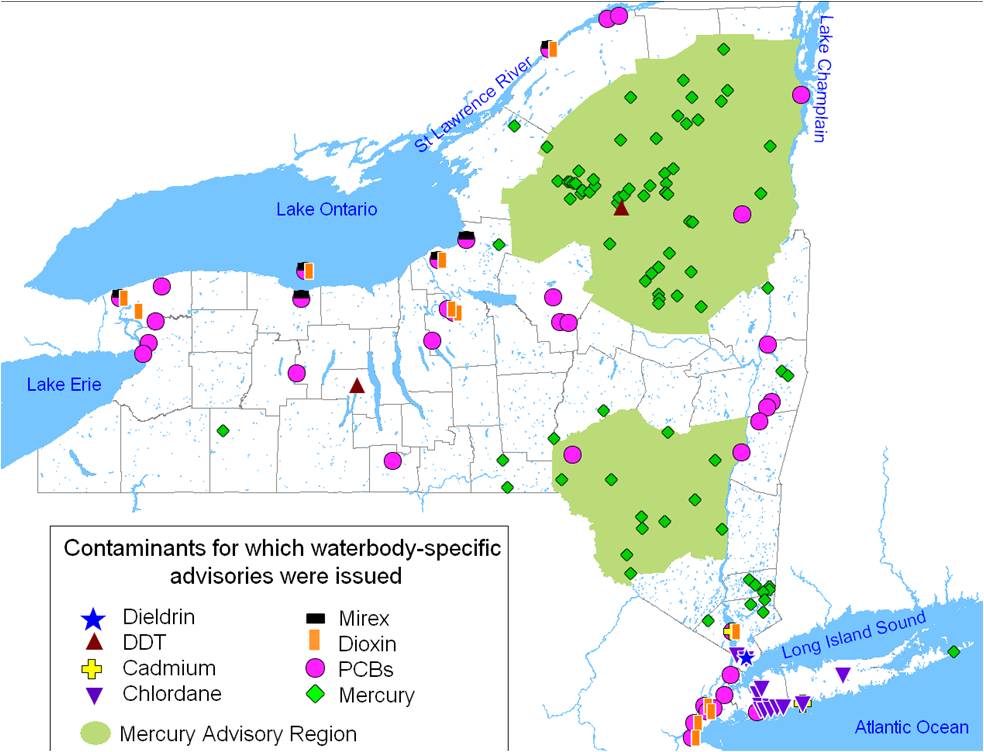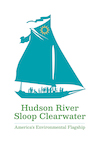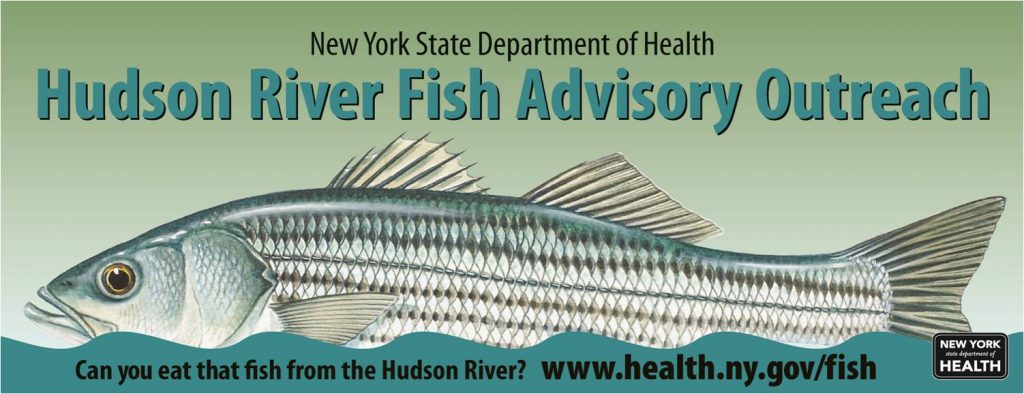 The NYS Department of Health has released advice about eating Hudson River fish. They don’t want to discourage fishing, but they want to make sure people have the best information available about the risks of eating Hudson River fish.
The NYS Department of Health has released advice about eating Hudson River fish. They don’t want to discourage fishing, but they want to make sure people have the best information available about the risks of eating Hudson River fish.
The primary issue involves PCBs, industrial chemicals dumped into the Hudson River by GE. While a cleanup of contaminated sediments was recently completed in the Upper Hudson, it is still uncertain when PCB levels in fish will drop to levels deemed safe to eat.
Q: Can you eat the fish from the Hudson River?
A: It depends on who you are, where you fish, and what you catch.
Women of childbearing age and kids 15 and younger should eat no fish or crabs from the Hudson.
Males older than 15 and older women may eat certain fish depending on where you fish and what you catch. Refer to the brochures for details.
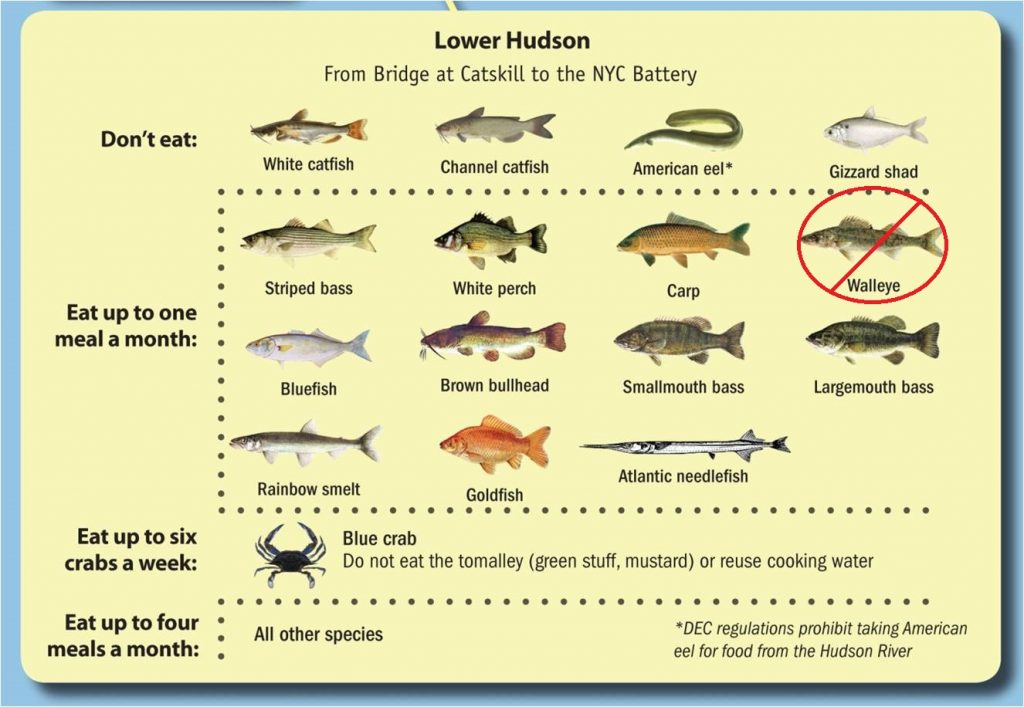
Eels, walleye, white catfish, channel catfish, and gizzard shad caught in the tidal Hudson or Rondout Creek should not be eaten by anyone.
**NOTE: The walleye has been moved to the ‘do not eat’ category since this graphic was produced.
Blue crabs- only the claws/legs may be eaten. The tomalley or “green stuff” in the body of the crab should not be eaten.
Striped bass are included in the Health Advisories. While many striped bass visit the Hudson only to spawn in the spring, some linger in the river year round. Those fish may have higher levels of PCBs.
Preparing Hudson River Fish
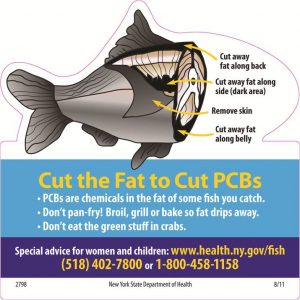 You can reduce the amount of PCBs consumed if you remove the skin, belly fat, back fat, and dark areas on the sides before cooking. Dispose of any cooking juices.
You can reduce the amount of PCBs consumed if you remove the skin, belly fat, back fat, and dark areas on the sides before cooking. Dispose of any cooking juices.
For more information and advice on eating Hudson River fish, refer to the Health Advice brochure specific to your area or visit: www.health.ny.gov/fish
